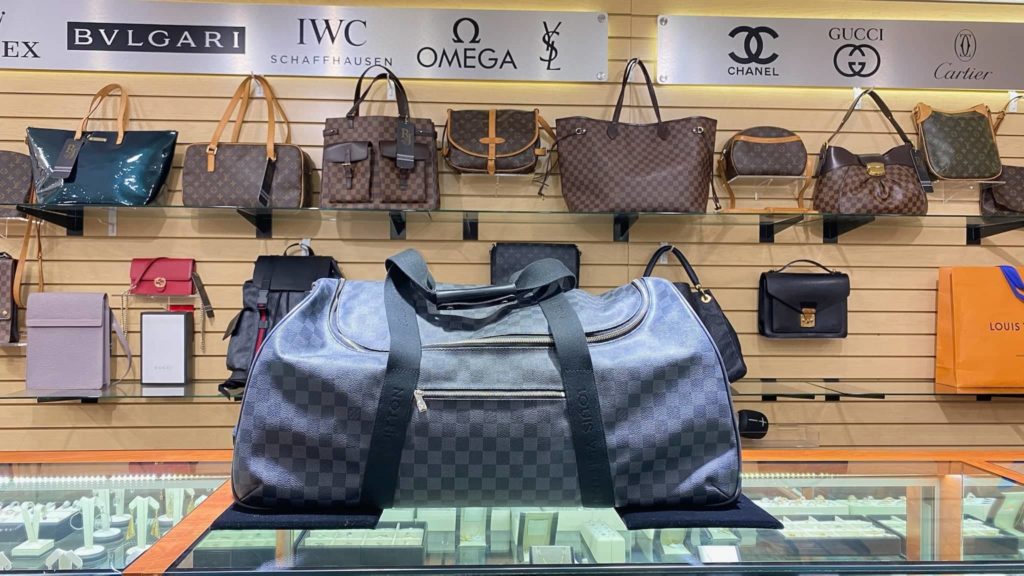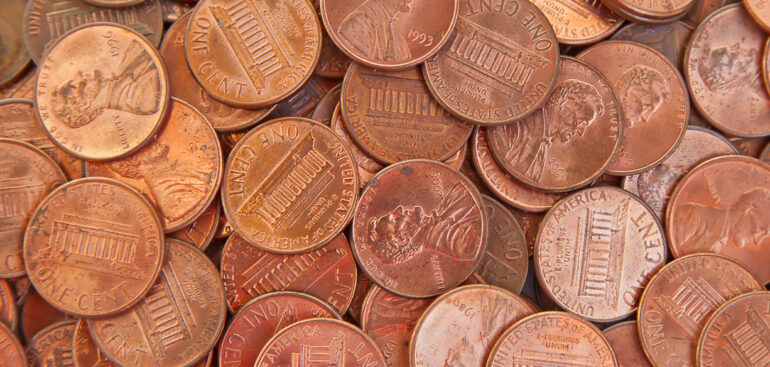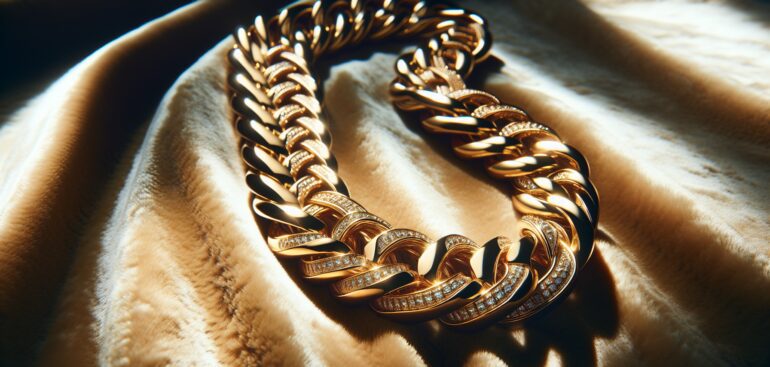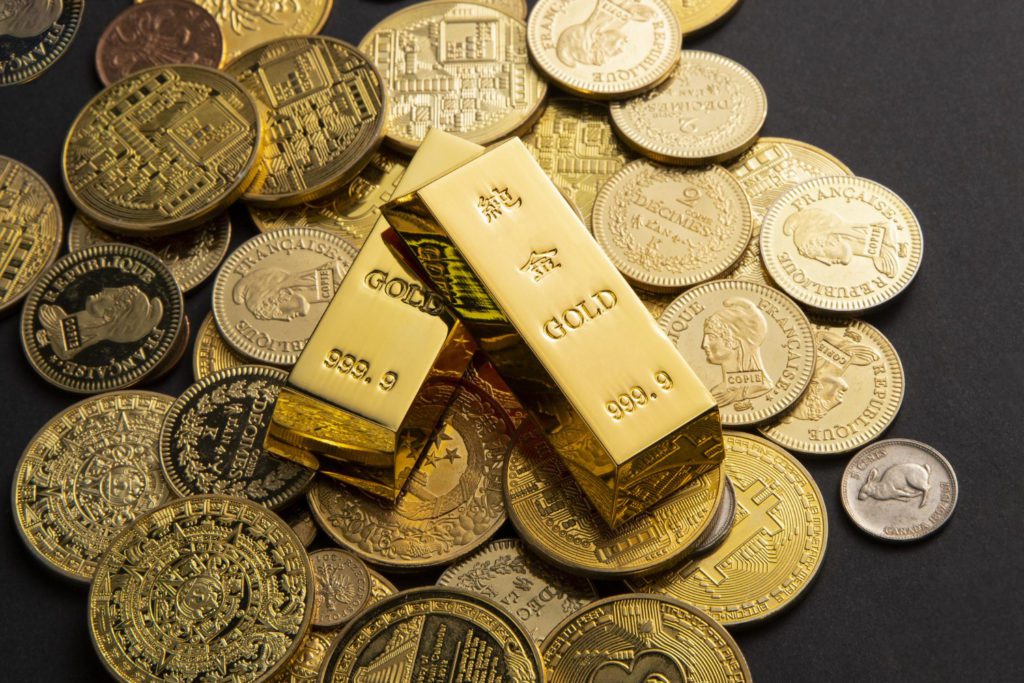R&J Jewelry and Loan – San Jose, CA
The holiday season in San Jose is a magical time — downtown lights shine bright, festive markets pop up, and families are busy choosing thoughtful gifts for the people they love. Yet every year, countless shoppers struggle with the same challenge: finding meaningful gifts that don’t break the bank.
That’s where R&J Jewelry and Loan comes in.
Located in the heart of San Jose, R&J Jewelry and Loan has been serving the local community for decades, offering an incredible selection of high-quality jewelry, luxury goods, gold and silver, and more. Pawn shops aren’t just places to pawn or sell — they’re treasure chests of unique, surprising, and value-packed items that make unforgettable holiday gifts.
Whether you’re shopping for family, friends, coworkers, or that one person who already “has everything,” here is your complete guide to the top pawn shop gifts people are rushing in to find this December.
- Fine Jewelry — A Timeless Holiday Favorite
Jewelry is always at the top of the gift list during the holidays, and for good reason — it’s sentimental, meaningful, and lasts a lifetime. At R&J Jewelry and Loan, the jewelry showcases are full of:
Diamond Rings & Pendants
Diamonds will always be a symbol of love and celebration. From solitaire necklaces to multi-stone rings, you can find stunning diamond pieces for a fraction of traditional retail prices.
Gold Chains, Bracelets & Earrings
Solid gold jewelry is consistently one of the most sought-after gifts. It’s elegant, versatile, and retains long-term value. Choose from 10K, 14K, 18K, and even 22K pieces.
Gemstone Jewelry
Birthstones and colorful gems make gift-giving personal. R&J frequently carries sapphires, emeralds, rubies, opal jewelry, tanzanite pieces, and other unique stones.
Engagement & Bridal Jewelry
December is one of the biggest engagement months of the year. If a holiday proposal is in your plans, R&J offers gorgeous rings that look like they came straight from a boutique — but without the boutique price.
Why jewelry from a pawn shop is a smart choice
- You get more value for your money.
- Items are verified and authenticated.
- Many pieces are unique or vintage, adding special character.
- You can often negotiate pricing.
When gifting jewelry, presentation matters — consider a beautiful box, a polishing cloth, or a handwritten note to elevate the moment.

🎁 2. Gold & Silver Gifts — Meaningful AND Valuable
Gold and silver are not only beautiful — they’re also investment gifts. They hold intrinsic value, making them excellent choices for family members, partners, or collectors.
R&J Jewelry and Loan carries:
✨ Gold bullion & bars
Great for collectors or those starting an investment portfolio.
✨ Silver coins & rounds
Perfect for hobbyists, young collectors, or anyone who appreciates tangible assets.
✨ Gold jewelry (chains, rings, bracelets)
A wearable gift that also retains monetary value.
✨ Silver jewelry & specialty pieces
Sterling silver is trendy, versatile, and budget-friendly.
Precious metals make meaningful holiday gifts because they combine beauty, history, and long-term worth. Many families give gold or silver as part of holiday traditions — and a pawn shop is one of the best places to find it at great prices.

🎁 3. Luxury Watches — A Classic Gift for Him or Her
Few gifts feel as timeless and meaningful as a watch. Luxury and designer watches remain among the top-selling pawn shop items during December.
At R&J Jewelry and Loan, you may find:
- Rolex
- Tag Heuer
- Cartier
- Movado
- Omega
- Tissot
- Citizen & Bulova
- Smartwatches
Whether you’re shopping for a timepiece that’s elegant, sporty, or vintage, there’s something special about giving a watch that will be worn for years.
Why buy watches from R&J?
- Authenticity is verified
- Many pieces come with original packaging
- Prices are significantly lower than retail
- You can find rare or discontinued models
A luxury watch is more than a gift — it’s a statement piece that the recipient will remember every time they wear it.

🎁 4. Designer Handbags — Luxury for Less
Designer handbags make incredible gifts, and pawn shops are one of the best-kept secrets for finding authenticated designer pieces at discounted prices.
R&J Jewelry and Loan often carries brands like:
- Louis Vuitton
- Gucci
- Chanel
- Prada
- Coach
- Kate Spade
- Michael Kors
These bags are authenticated, gently used, and often in excellent condition — making them perfect for gift-giving.
From crossbody bags to totes and wallets, a designer handbag is a luxurious gift that feels special instantly.

🎁 9. Luxury Accessories — Small Gifts with Big Impact
If you want something elegant but not overwhelming, consider luxury accessories:
- Designer sunglasses
- Gold and silver pendants
- Men’s chains
- Premium wallets
- Cufflinks
- Fine pens
These small gifts make great stocking stuffers or add-ons to larger gifts.

🎄 Why Pawn Shops Are the BEST Place to Shop for Holiday Gifts
Shopping at R&J Jewelry and Loan offers unique advantages that traditional stores can’t match:
⭐ Better pricing
You can get high-value items at 30–70% off retail.
⭐ Unique finds you won’t see in stores
Vintage, rare, limited-edition, and discontinued items.
⭐ Sustainable shopping
Buying pre-owned is eco-conscious and reduces waste.
⭐ Immediate availability
No shipping delays or out-of-stock headaches.
⭐ Knowledgeable staff
R&J Jewelry and Loan’s experts can help you find the perfect gift and verify authenticity.
⭐ High-quality curated inventory
Only items in good or excellent condition make it to the showroom.
Pawn shops make luxury, quality, and meaningful gifts accessible to everyone.
🎁 Tips for Successful Pawn Shop Holiday Shopping
- Shop early for the best selection
Inventory moves quickly in December.
- Ask questions
R&J’s staff is friendly and knowledgeable.
- Inspect items carefully
Especially electronics and instruments.
- Don’t be afraid to negotiate
Pawn shops expect it — respectfully, of course.
- Consider presentation
A polished item in a nice box feels brand new.
🎄 Final Thoughts: Make This Holiday Season Unforgettable with R&J Jewelry and Loan
The holidays are about connection, love, and sharing meaningful moments. The perfect gift doesn’t have to come from a mall or cost a fortune — often, the most memorable presents are the ones that are unique, sentimental, and chosen with care.
R&J Jewelry and Loan in San Jose, CA is the perfect destination for discovering holiday treasures, from luxury jewelry to rare collectibles, electronics, musical instruments, and so much more.
Shopping at a pawn shop isn’t just smart — it’s fun, budget-friendly, eco-conscious, and full of surprises.
This December, give gifts that stand out. Give gifts that last. Give gifts with a story.
Discover your next holiday treasure at R&J Jewelry and Loan.






